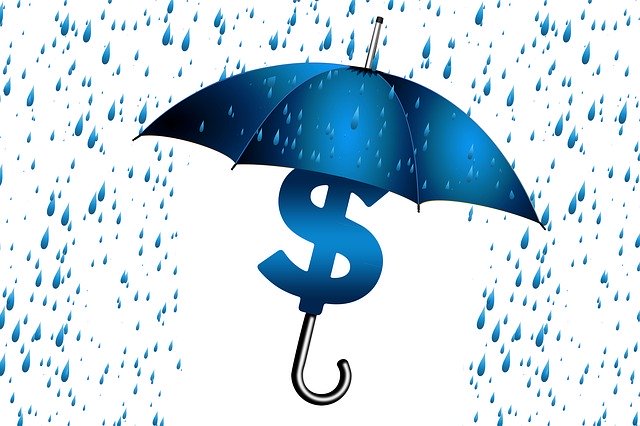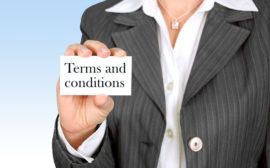Do you need to buy small business insurance for your startup or existing company? The answer depends on several factors, but yes, you probably do need to buy at least some business insurance.
There are many types of small business insurance. This article will discuss several insurances from the Property and Casualty side of the house, but will not discuss life, health or disability insurance.
First, a disclaimer: there are many types of insurance you can buy and some that you must buy. This article does not purport to be the definitive source on which specific business insurance coverages you should buy for your company; rather, it provides an overview of some of the coverages you’ll likely want to consider.
Here is a basic primer on some of the most common small business insurance coverages and some thoughts behind why you may want to consider purchasing some or all of them.
Workers’ Compensation and Employer’s Liability: if you have employees, in most states and most circumstances, you do not have an option as these coverages are compulsory (mandatory). The premiums you pay will be based on the state of hire, the number of employees, the class code (category of activity) and the amount of payroll.
Commercial General Liability: the main purpose of this coverage is for claims related to bodily injury and property damage. Common limit levels for this coverage are $1 million per occurrence and $2 million annual aggregate. If you have a lease, your landlord will likely require you to carry this coverage and to make them an additional insured and include a waiver of subrogation. We won’t get into the detailed terms of art of business insurance in this article, but for now, suffice to say that you will likely want to purchase this insurance coverage. Beyond meeting the likely conditions of your lease, you will also want to consider having this coverage for liability arising from any activities or products in your business that may cause bodily injury or damage to property of others. Not all claims will be covered by the insurance, of course, but this insurance can be useful in many such claims scenarios.
Commercial Automobile Liability: Like Workers’ Compensation and Employer’s Liability, if you have vehicles, at least minimum levels of this coverage are mandatory in order to be in compliance with the law. Common limit levels for this coverage are $1 million per accident CSL (combined single limit). This insurance can cover physical damage to your vehicles and in some cases to those you rent or lease, but more importantly from an exposure perspective, it can also coverage liability arising from owned, hired and non-owned vehicles. This is a coverage you must consider if you and/or your employees will be using vehicles in your business.
Umbrella or Excess Liability: If you want or need to increase the limits on your Employer’s Liability, Commercial General Liability, and Commercial Automobile Liability coverages, rather than increasing the limits in each primary policy, a common approach is to purchase Umbrella or Excess Liability coverage that sits over all of the “underlying” primary coverages. Limit levels for this coverage will vary depending on your business, your aversion to risk, and your exposures.
Professional (aka Errors & Omissions) Liability: Depending what your business does, you may also have what is commonly known as errors and omissions liability. That is, if you make an error or omission in the provision of your services you may cause financial harm to a third party. In such a situation, Professional Liability, also known as Errors & Omissions liability is the insurance that would most likely respond. The limits for this coverage are usually on a per claim and aggregate basis, and limit levels will vary all the way from $1 million per claim and aggregate to many tens or even hundreds of millions of dollars per claim and aggregate, depending on the size of your company and your exposure.
Cyber Liability: In today’s world, where most everything is online and potentially exposed to hacking, “Cyber Liability” is the broad category of insurance coverages that cover liability arising from network breaches. Such breaches can expose confidential business and personal data, which can result in liability for you if your system or that of your counter-parties (upstream and downstream) is the one that is breached. Such breaches may also cause direct financial harm to your business, and in some Cyber Liability policies, such “first party” loss exposure may be covered. As with Professional (E&O) liability, the limits for this coverage are usually on a per claim and aggregate basis, with limit levels varying all the way from $1 million per claim and aggregate to many tens or even hundreds of millions of dollars per claim and aggregate, depending on the size of your company and your exposure.
There are MANY other types of Property and Casualty insurance you may want to consider purchasing for your small business, but those listed above are some of the more common coverages that small and large companies purchase in order to protect their downside, and for some compulsory coverages, in order to comply with the law.
Image by Gerd Altmann from Pixabay




